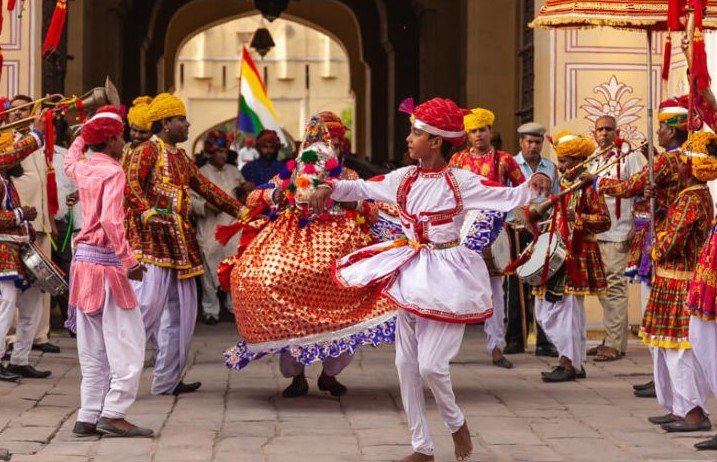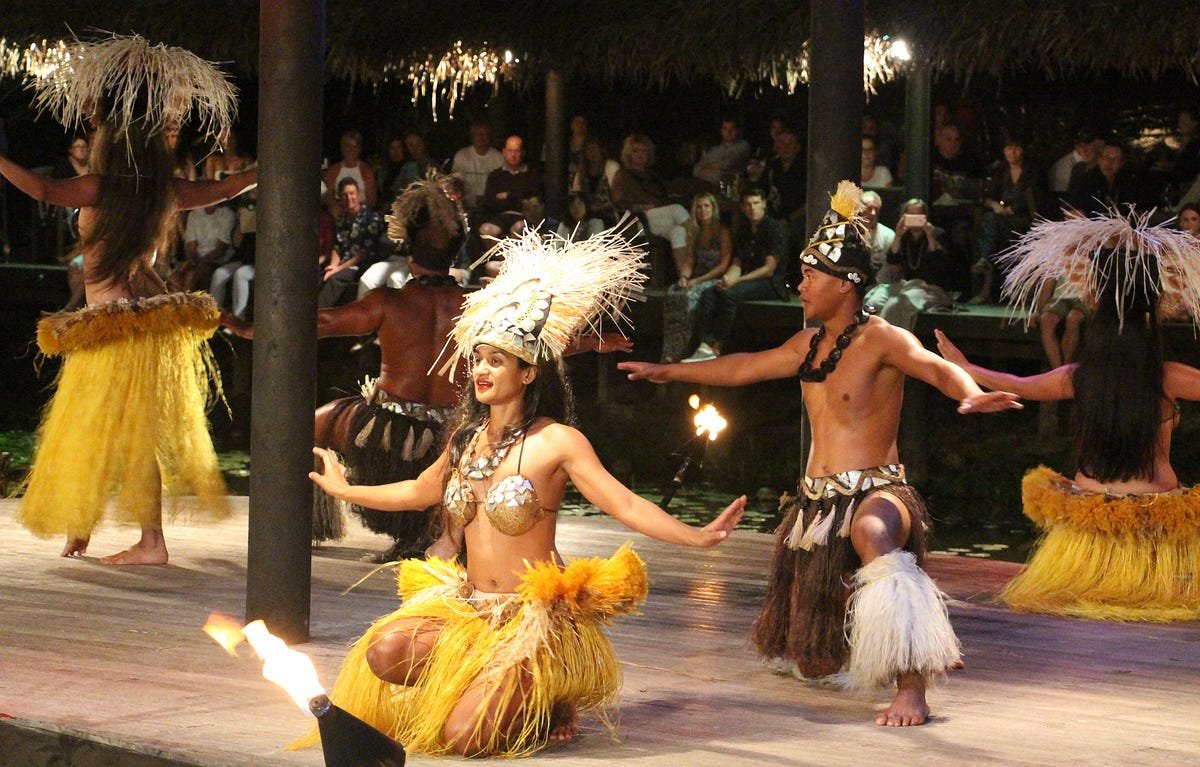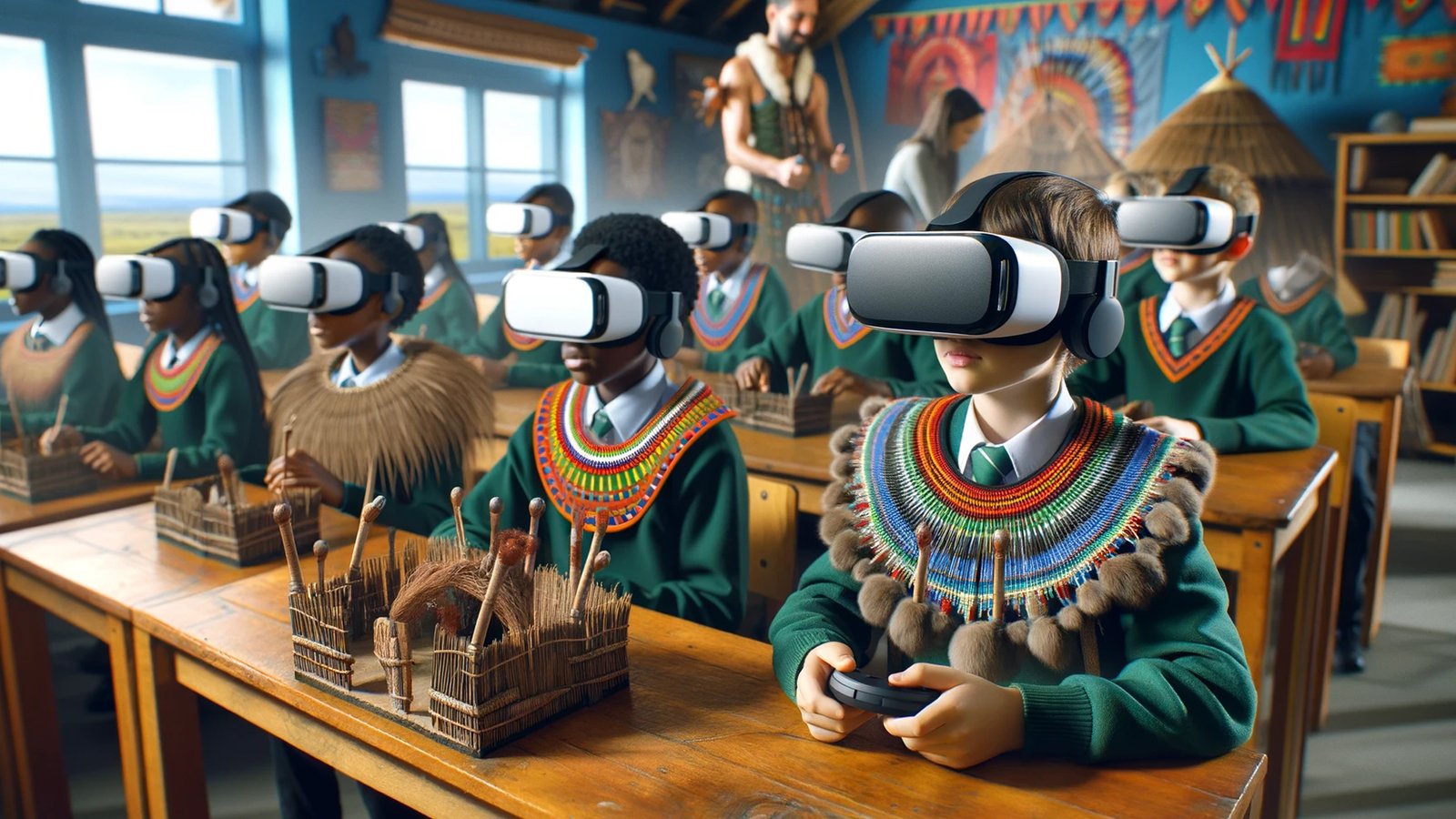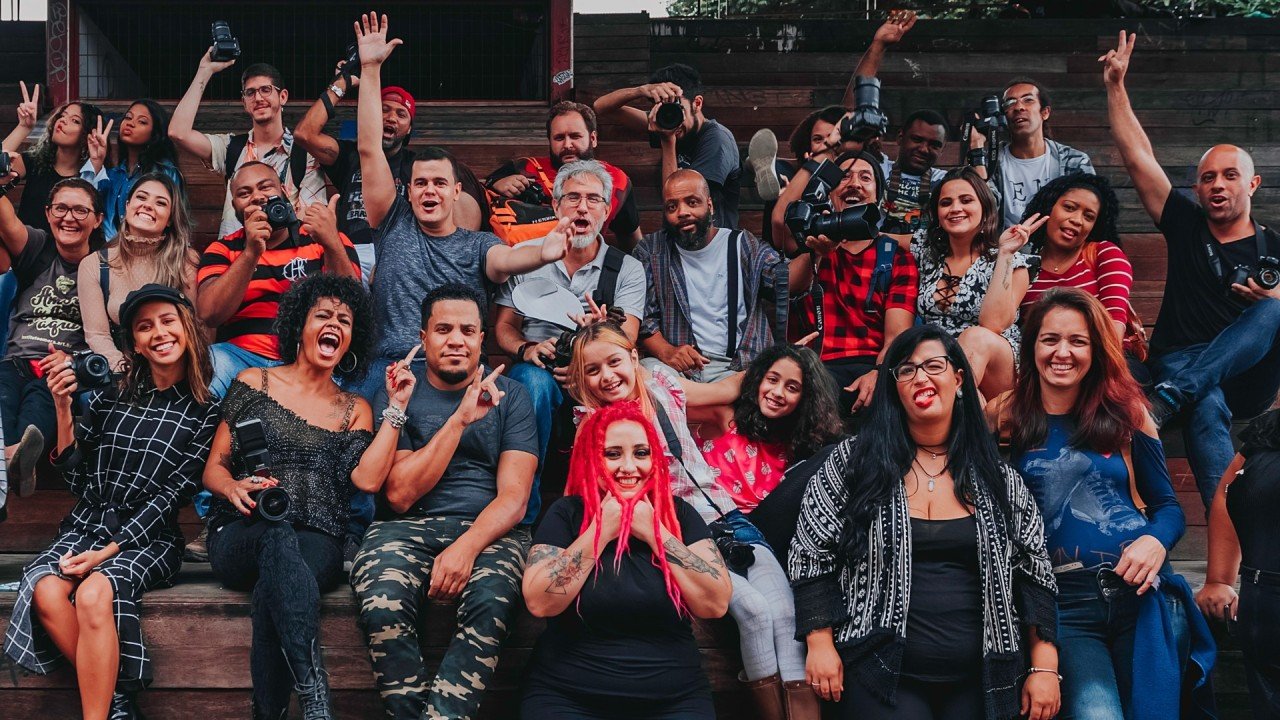Traditional festivals are an essential part of cultural heritage, offering a window into the history, values, and customs of communities. However, as society evolves, so too do the ways we celebrate these events. Many traditional festivals have begun to incorporate innovative elements, making them more relevant, engaging, and accessible to modern audiences. In this post, we explore innovative approaches to traditional festivals and how they can preserve culture while adapting to the present day.

Blending Technology with Tradition
Virtual and Hybrid Festivals
One of the most notable innovations in recent years has been the shift toward virtual and hybrid festivals. With advancements in technology and the need for social distancing, many traditional festivals have embraced online platforms. These virtual events allow people from all over the world to participate, expanding the reach of these festivals beyond geographical limitations. For instance, live streaming performances, virtual tours of cultural exhibits, and online workshops bring the festival experience into people’s homes. Hybrid festivals, combining in-person and virtual elements, offer flexibility, ensuring that traditional celebrations remain inclusive and accessible.
Augmented Reality Experiences
Another exciting technological innovation is the use of augmented reality (AR) in festivals. AR enhances the festival experience by overlaying digital content onto the physical world, allowing attendees to interact with cultural symbols, historical figures, or art installations through their smartphones or AR devices. Imagine attending a traditional festival where you can see ancient myths come to life through AR or learn about historical events via interactive digital displays. This merging of the past and present creates a more immersive and engaging experience for festival-goers.
Sustainability and Eco-Friendly Practices
Green Festivals
Incorporating sustainability into traditional festivals has become a key focus as communities recognize the importance of protecting the environment. Green festivals emphasize eco-friendly practices such as reducing waste, using renewable energy, and encouraging attendees to adopt sustainable habits. For example, many festivals have switched to biodegradable materials for decorations, utensils, and packaging. Additionally, organizers are focusing on minimizing their carbon footprint by sourcing food locally, reducing water usage, and offering recycling stations. These sustainable approaches help preserve not only cultural heritage but also the environment for future generations.
Promoting Eco-Consciousness Through Festival Themes
Some traditional festivals are also using their platform to raise awareness about environmental issues. By incorporating eco-conscious themes into the celebrations, festivals can educate attendees about sustainability and inspire positive change. For example, a traditional harvest festival might feature workshops on organic farming, seed exchanges, or discussions on climate change and its impact on agriculture. These efforts connect the festival’s traditional roots with contemporary environmental concerns, making the event both meaningful and relevant to today’s world.
Cultural Exchange and Global Connections
Fusion Festivals
In an increasingly globalized world, many traditional festivals are incorporating elements from different cultures, creating fusion festivals that celebrate cultural diversity. These festivals retain their core traditional elements but invite influences from other cultures, offering a blend of performances, food, and art from various traditions. Fusion festivals are a great way to promote cross-cultural understanding and unity, while also breathing new life into long-standing traditions. For example, a traditional music festival might invite artists from different cultural backgrounds to collaborate, creating a unique fusion of sounds that appeal to a broader audience.
Global Collaboration and Partnerships
Collaboration between countries and cultures is another innovative approach that enriches traditional festivals. By partnering with international organizations, communities can exchange ideas, artists, and cultural practices, adding new dimensions to their traditional celebrations. This global collaboration helps to keep the festival dynamic, bringing fresh perspectives while honoring its original purpose. It also fosters stronger international connections, promoting peace and mutual respect through cultural exchange.
Interactive and Engaging Experiences
Participatory Workshops and Hands-On Activities
Traditional festivals have increasingly moved beyond being mere spectacles to becoming interactive experiences. Many festivals now offer workshops and hands-on activities that allow attendees to participate actively in cultural traditions. Whether it’s learning traditional dances, trying a new craft, or preparing cultural dishes, these participatory events deepen the audience’s connection to the festival’s cultural roots. Engaging the public in this way ensures that traditions are not just observed but actively practiced, encouraging more people, especially younger generations, to take an interest in their heritage.
Cultural Storytelling and Performances
Innovative storytelling techniques, such as immersive theater, are being integrated into traditional festivals to bring cultural history and folklore to life. Interactive storytelling sessions, where festival-goers can choose different paths for the narrative or participate in the performance, make these age-old tales more engaging. This approach not only entertains but also educates the audience about the significance of the festival’s customs, ensuring that the cultural stories are passed down in a way that resonates with contemporary participants.
Conclusion: Balancing Innovation with Tradition
As festivals evolve, innovative approaches to traditional celebrations ensure that they remain relevant, exciting, and inclusive. By blending technology, sustainability, and cultural exchange with long-standing traditions, communities can breathe new life into these cultural events. These innovations do not detract from the heritage they celebrate; rather, they enhance the experience for modern audiences, ensuring that traditional festivals continue to thrive in an ever-changing world.




